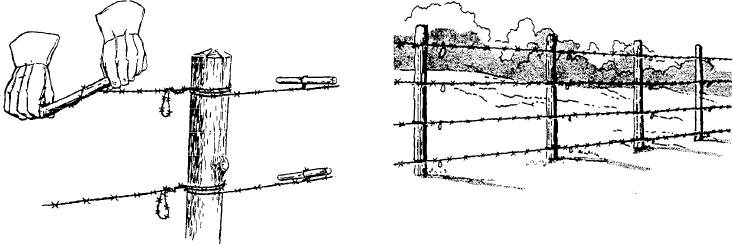
Figure 8-19.--Four-strand cattle fence as viewed from the enemy
side.
Figure 8-18.--Tilghtening wire by racking.
double-apron fence. All longitudinal wires of this
fence must start and end at an anchor picket.
Phase One
3. Put slack in the wire by moving back toward the
starting point; then add the ties by two men leapfrogging
Use 8 men on short sections of this fence and up
each other. When available, assign two men to make the
to 16 men on 984-foot sections. The two operations
ties as the reel is unwound.
are (1) laying out and installing pickets and (2)
installing wire.
After a wire is installed, tighten it, if necessary,
by racking with a driftpin or short stick (fig. 8-1 8). Do
Divide the working party into two groups of
not rack the wires at ties or where they intersect other
approximate y equal size. The first group carries and
wires because this makes salvage of the wire very
lays out long pickets at 9.8-foot intervals along the
difficult. Fences are similarly racked to tighten them
center line of the fence. They begin and end the
when they sag after having been installed for some
section with an anchor picket and include anchor
time. Wires should be just taut enough to prevent them
pickets for guys, if needed. The second group installs
from being depressed easily by boards, mats, or
the pickets.
similar objects thrown across them. When you stretch
the wires too tightly, they are more easily cut by
Phase Two
fragments. NEVER tighten barbed-steel tape by
racking.
As the first task is completed, move men
individually to the head of the fence and organize
them into teams of two or four men to install the wires.
FOUR-STRAND CATTLE FENCE
For four-man teams, two men carry the reel and two
men make ties and pull the wire tight. For two-man
The four-strand center section of a double-apron
teams, the wire must first be urolled for 164 to 328
fence can be installed rapidly to obtain some obstacle
feet; then the men come back to the head of the work
effect. The aprons can be added later to develop it into
and make the ties, or the wire may first be made up
a double-apron fence. In country where wire fences
into bobbins to be carried and unwound by one man,
are used by farmers, obstacles in the form of
while the other man makes the ties. The first team
four-strand cattle fences (fig. 8-19) will blend with the
installs the bottom fence wire and draws it tight and
landscape. Their design should follow the local
close to the ground. Succeeding teams install the next
custom as closely as possible, usually wooden pickets
wires in order.
at about 2- to 4-pace intervals with four horizontal
strands of barbed wire fixed to them. Site them along
DOUBLE-APRON FENCE
footpaths and edges of fields or crops where they do
not look out of place. When conditions permit, you
There are two types of double-apron fence: the 4-
may improve this fence by installing guy wires in the
and 2-pace fence and the 6- and 3-pace fence. The
same manner as the diagonal wires of the
8-13

